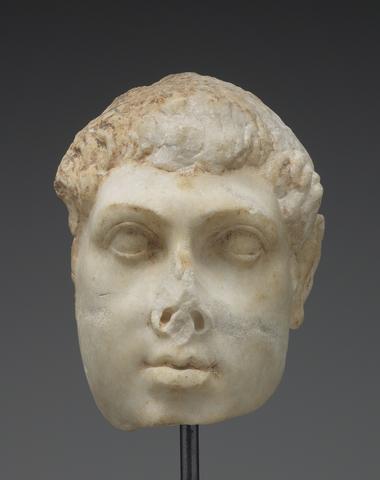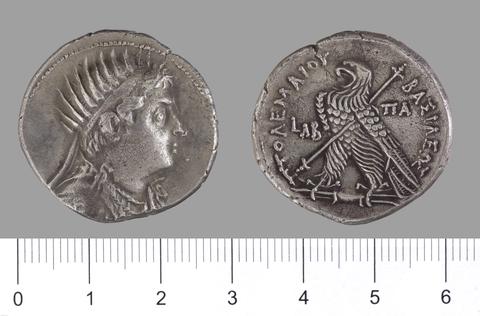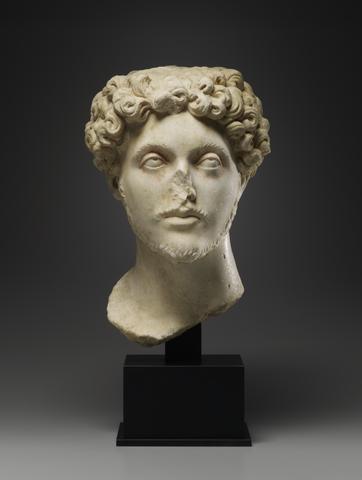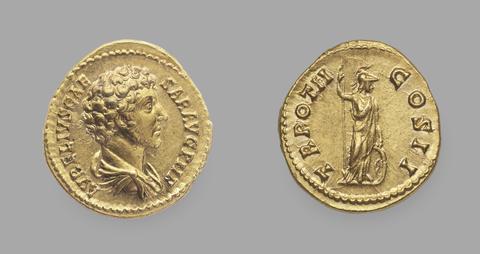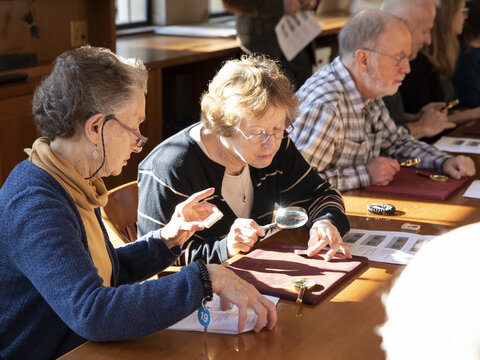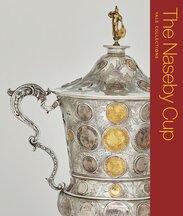Coinage and sculpture have always existed in dialogue with one another, although this has been little explored, with a dichotomy between numismatists and art historians persisting for centuries. In the Gallery’s Ancient art sculpture hall, an array of carefully selected coins are on display alongside works of sculpture, allowing visitors to closely examine the intimate relationship between these two types of objects from the ancient world. The selection highlights examples of imperial portraiture.
Unique in the world is the pairing of a sculpture and a coin depicting the Hellenistic king of Egypt Ptolemy VIII Euergetes II (ca. A.D. 116–182). The identification of the marble sculpture was based on its resemblance to the portrait on the six surviving coins issued by the king, including the one on display. Similarly, the imagery and inscriptions on a gold coin minted in A.D. 147–48 facilitated the identification of a marble bust as the Roman emperor Marcus Aurelius (A.D. 121–180). The display also features a portrait of the Roman emperor Caligula (A.D. 12–41) across coinage and sculpture.
Benjamin Dieter R. Hellings
The Jackson-Tomasko Associate Curator of Numismatics


